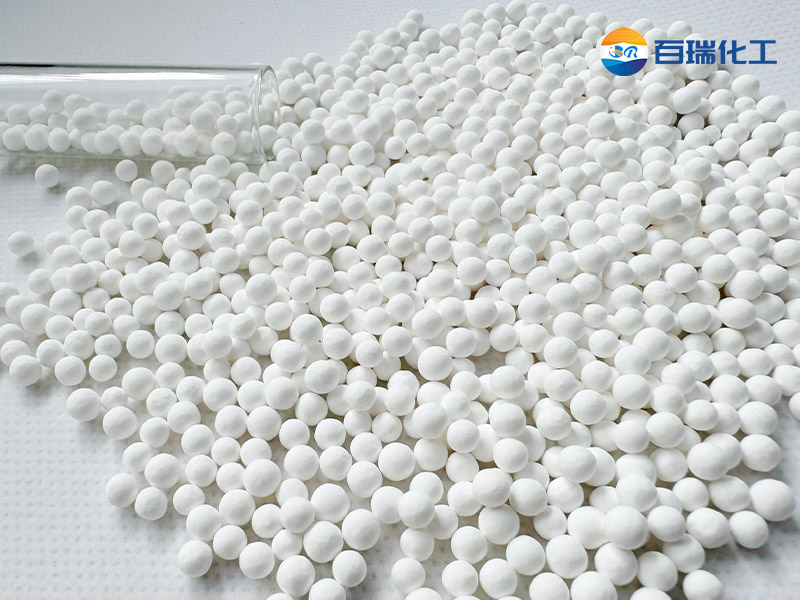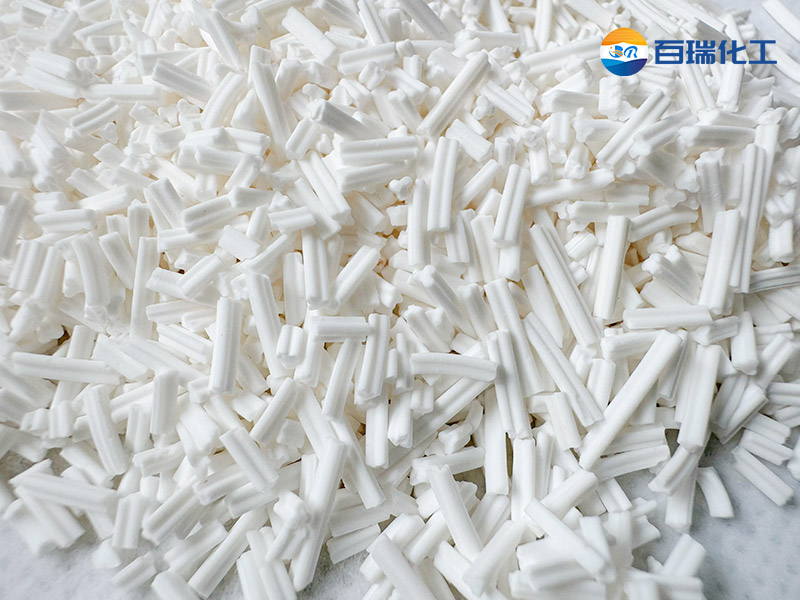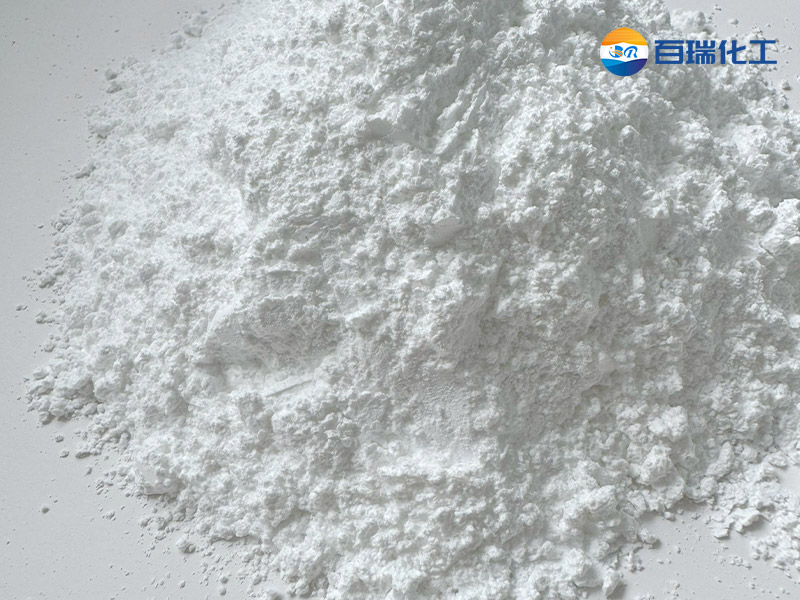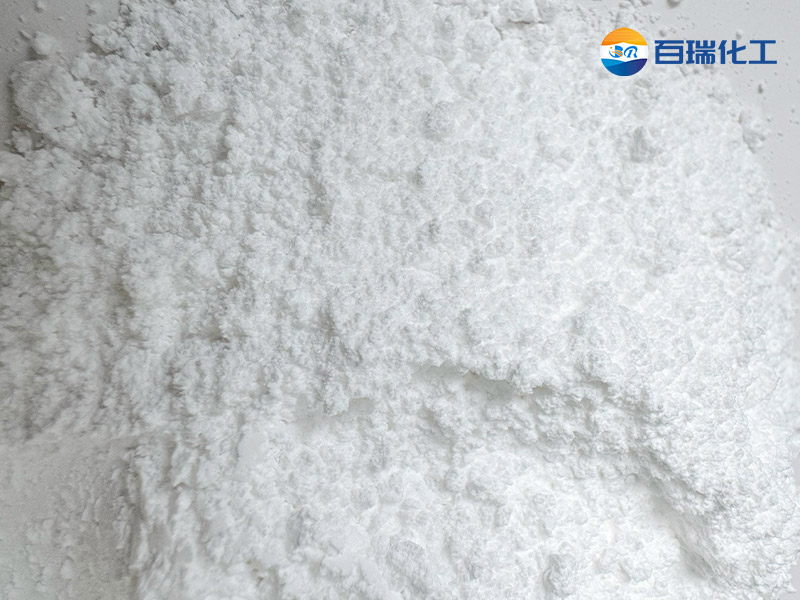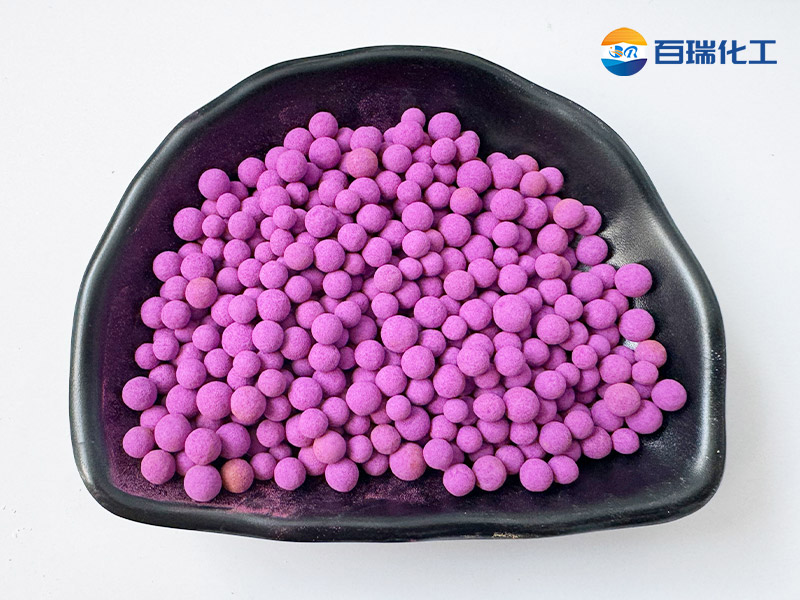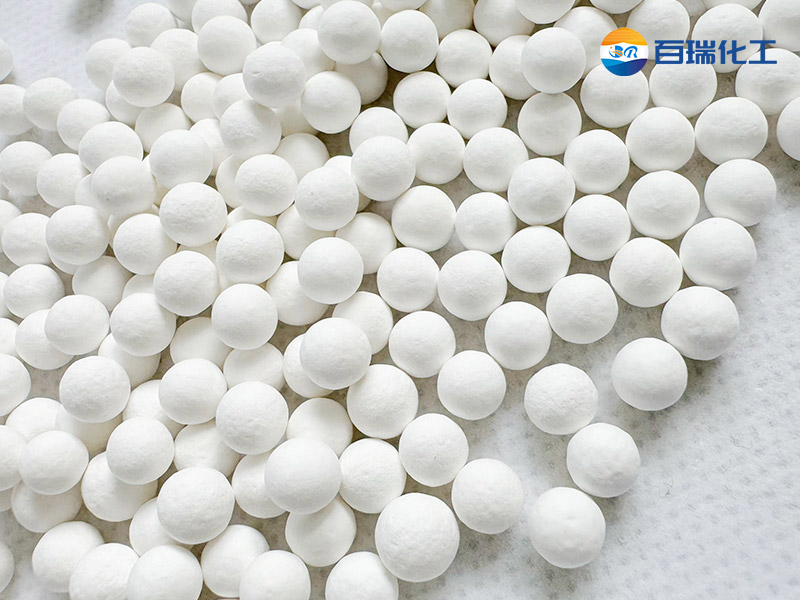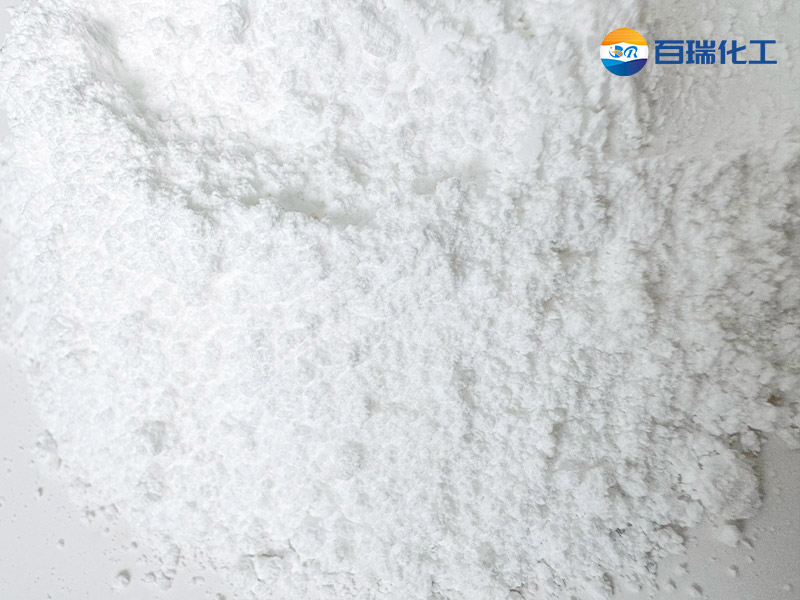In the field of purified terephthalic acid (PTA) production, activated alumina plays an irreplaceable role as a key material. This seemingly ordinary white particle is actually the "invisible guardian" in the PTA production process, and its performance is directly related to product quality and production efficiency. So, what is so special about this special material? Let's take a deeper look.
一. The core role of activated alumina for PTA
In the PTA production process, activated alumina mainly undertakes three missions:
1. Catalytic function: As a high-quality carrier of hydrogenation refining catalyst, it can effectively promote the removal reaction of impurities such as carboxybenzaldehyde
2. Adsorption function: With its porous structure characteristics, it can efficiently adsorb moisture and organic impurities generated during the production process
3. Protection function: Provide a stable supporting environment for precious metal catalysts and extend the service life of catalysts
二. Distinctive characteristics and advantages
Compared with ordinary activated alumina, PTA special products have the following significant characteristics:
Structural characteristics:
• Precisely regulated pore size distribution
• Higher specific surface area
• Optimized pore volume design
Physical properties:
• Higher compressive strength
• Excellent wear resistance
• Good thermal stability
Chemical properties:
• Surface acidity can be adjusted
• Very low impurity content
• Excellent resistance to hydrothermal aging
三. Key control points of production process
The production of high-quality PTA-specific activated alumina requires strict control of the following links:
1. Raw material selection: use high-purity aluminum source and strictly control the content of impurities such as iron and sodium
2. Molding process: use special extrusion technology to ensure particle strength
3. Roasting system: accurately control the heating curve and final roasting temperature
4. Surface modification: optimize surface characteristics through special treatment
四. Industry development trends
With the continuous advancement of PTA technology, higher requirements are also put forward for activated alumina:
• Develop towards higher purity
• Develop new materials with directional pore structure
• Improve hydrothermal stability to adapt to more demanding working conditions
• Develop products with better renewable performance
Understanding these characteristics of activated alumina for PTA not only helps manufacturers to correctly select and use this material, but also provides new ideas for process optimization. In the technology-intensive field of PTA, it is often the performance breakthroughs of these key materials that bring about a qualitative leap in the entire production process.


